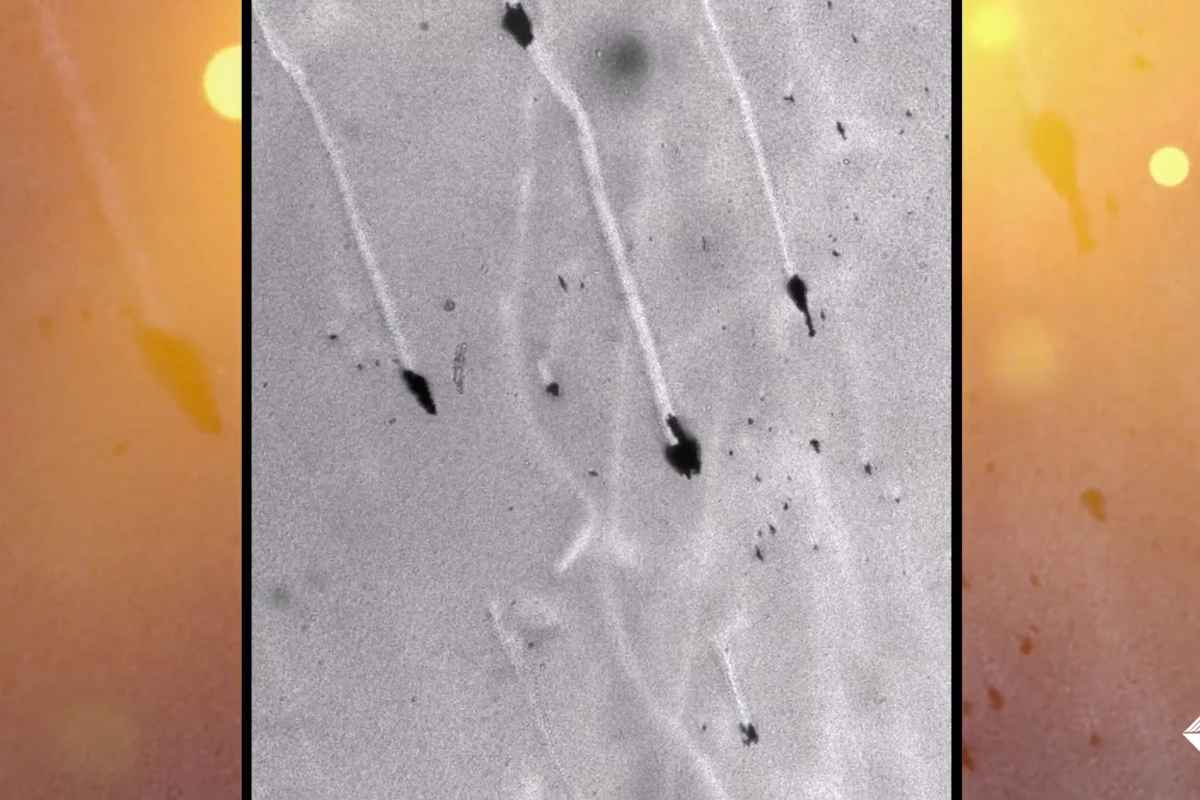When harmful bacteria colonize the surface of items such as medical implants, they form slimy antibiotic-resistant coatings known as biofilms. Scientists have devised a new way of removing such films, and it involves magnetically steering augmented tea plant buds.
In their natural form, buds from the Camellia sinensis tea plant are not only inexpensive and biodegradable, they're also porous. They additionally contain compounds called polyphenols, which are known to kill bacteria.
Led by Prof. Dipankar Bandyopadhyay, researchers from the Indian Institute of Technology Guwahati started by grinding up a number of these buds, isolating some of the porous microparticles that were produced. The particles were then coated with magnetic nanoparticles.
Next, their pores were filled the antibiotic ciprofloxacin. Tests showed that the substance was released from the pores under acidic conditions, such as those which are caused by bacterial infections.
Named T-Budbots, the modified tea bud particles were finally placed in bacterial biofilms grown in glass dishes. Utilizing a magnet, the scientists were able to steer the particles through those films. As the T-Budbots moved along, they penetrated the coatings, killing the bacteria, and clearing the biofilms away.
Bandyopadhyay and colleagues are pleased with their proof-of-concept study, but state that the technology needs to be refined further before it could be used on implants or other items within the human body.
A paper on the study was recently published in the journal ACS Applied Materials & Interfaces.
Source: American Chemical Society




